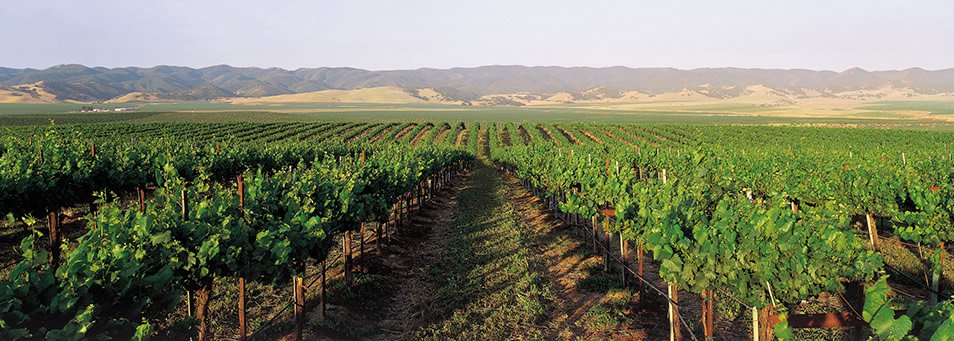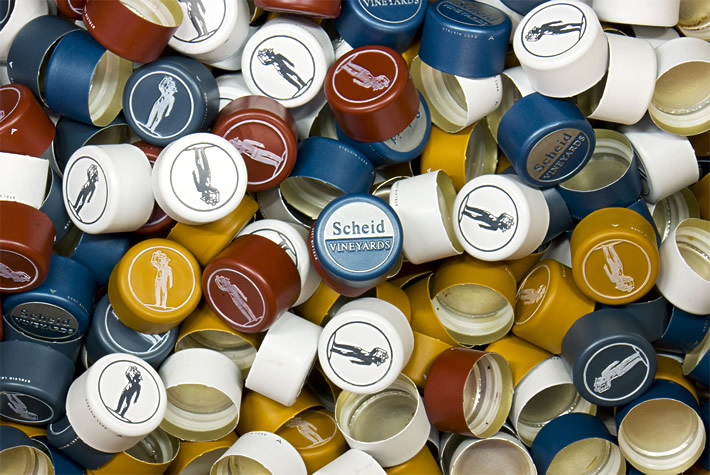

We talked about it for years. We’d been burned by cork before and there’s nothing more infuriating and downright discouraging than having to uncork bottles that have been loved and labored over, in order to pour them down the drain. But that’s exactly what we did when we discovered that a batch of corks we had used had unacceptable levels of a chemical compound known as TCA. TCA (short for 2,4,6-trichloroanisole) is one of the most intensely aromatic substances known to man and can be detected by an expert wine taster when only one part per trillion is present in the wine. An average wine consumer can generally detect TCA at about 5 parts per trillion. An oft-used statistic that only the wine industry could get away with, a cork failure rate of 2% to 5% is generally considered “acceptable” because, well, that’s just the way it is. So there we were, with a few hundred cases of wine that we now believed had a failure rate of about 10%, which in our book, made it not saleable. So we dumped and we lamented.
Although we had discussed the progress of screwcap technology for years, we were concerned about marketing, public perception and possible long term wine storage quality issues if we made the switch. In our quest for the perfect closure, we tried several different cork and hybrid synthetic cork products, only to find that it was pretty well accepted that a 2% to 5% failure rate was a given. We watched with interest as wineries such as Napa’s highly regarded PlumpJack, Burgundy’s Domaine Laroche, and the Central Coast’s progressive Bonny Doon boldly made the switch from cork to screwcap. We conducted internal experiments over several vintages with different closures; we read, researched and attended comparative tastings; we talked to lots and lots of winemakers, wine buyers and sommeliers. We did our homework and reached two important conclusions: 1. screw cap closures were never a negative in terms of wine quality and were often a positive, and 2. no matter what efforts are undertaken, TCA will probably infect a certain percentage of cork closure wines forever.
Once the science was proven, the debate within Scheid turned to marketing and public perception. What would our customers think about a move to screwcap? How important was the ceremony of cork and corkscrew to the wine ritual? Would it hurt the quality image we had built? In late 2006, we made the decision to bottle all of our 2006 white wines with screwcap closures. Whites, with the preservation of delicate aromatics and freshness being of ultimate importance, seemed like the logical place to start. So in spring 2007, our 2006 Riesling and 2006 Gewürztraminer were bottled and finished with the Stelvin screwcap. The rest of our 2006 whites followed suit and we all quickly became accustomed to twisting instead of pulling.
With our whites under screwcap and in the marketplace, we couldn’t have been happier with the results from both a quality standpoint (zero corked wines!) and from a marketing perspective (our customers got it, they really got it!) Now the internal debate changed. Screwcap was a winner for our whites. It was delivering our wine in the way our winemaking team had intended when they bottled it. If we truly believed that screwcap was the best wine closure on the planet, why would we not bottle all of our wines in screwcap?
Once again, it came down to public perception – we were worried that for our reds and for our reserve wines, customers perceived cork-closed wines as being of higher quality and, inversely, that screwcap would be seen as (hurts to even say it) cheap. We discussed, we debated, we argued. Dave Nagengast, Director of Winemaking for Scheid Vineyards, made the point that from his perspective, cork was an uncontrollable variable in the finished wine product. Score one point for winemaking, zero for marketing. Furthermore, he considered the Scheid winery to be the most innovative and technologically advanced facility in the country, but how does cork fit with that core value? Winemaking, two; marketing … still zero. He calmly stated that if screwcaps improve white wine longevity and are the best closures, then why are they not good enough for our top wines, too? Winemaking wins. Marketing? Go pound sand.
And so, in May 2008, we all formed a circle, stuck our hands in the middle and took the screwcap oath of honor, whereby we pledged to go 100% screwcap across-the-board. Okay, we didn’t really form a circle, but we did sit around a circular-shaped table and make The Decision. It wasn’t based on economics, marketing or public perception. Screwcaps aren’t cheaper to buy, they’re not easier to produce, they’re not prettier or more trendy. They’re just better. And at the end of the day, isn’t that what matters most?